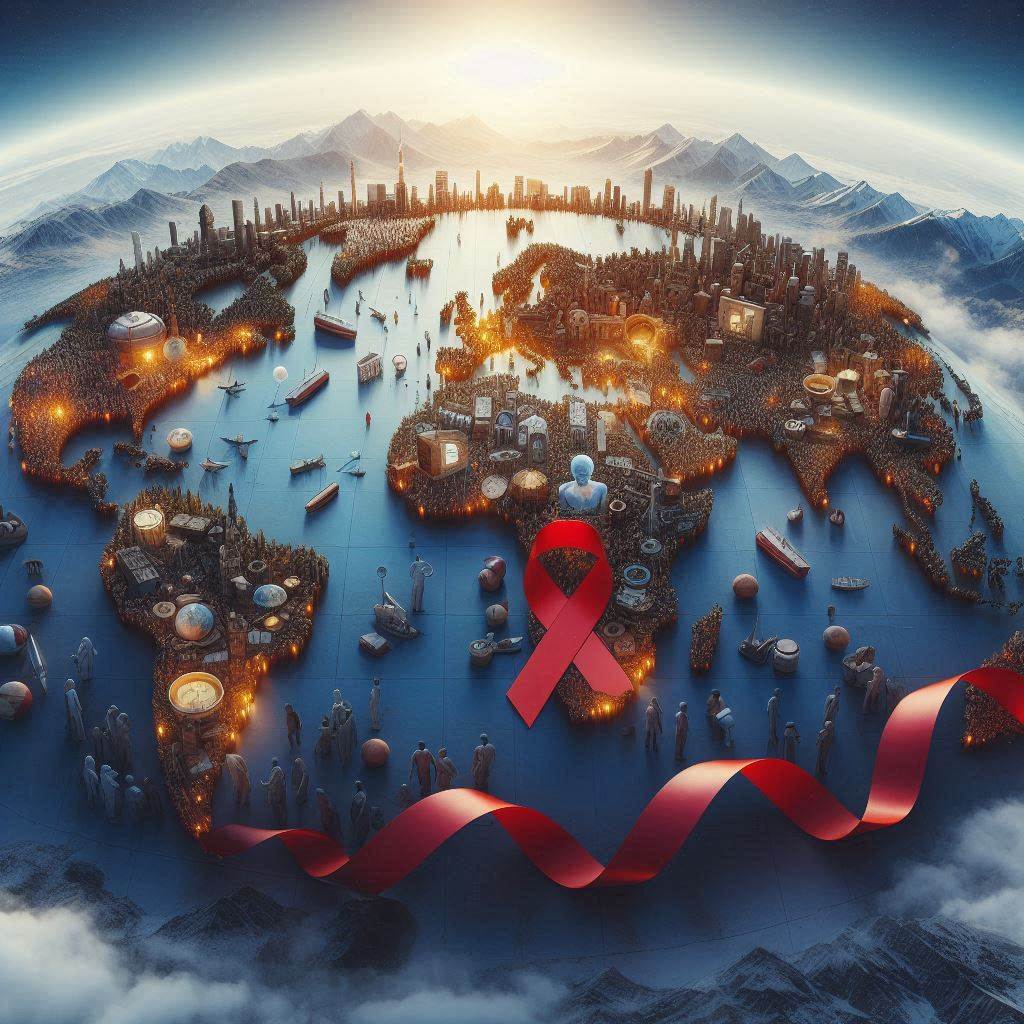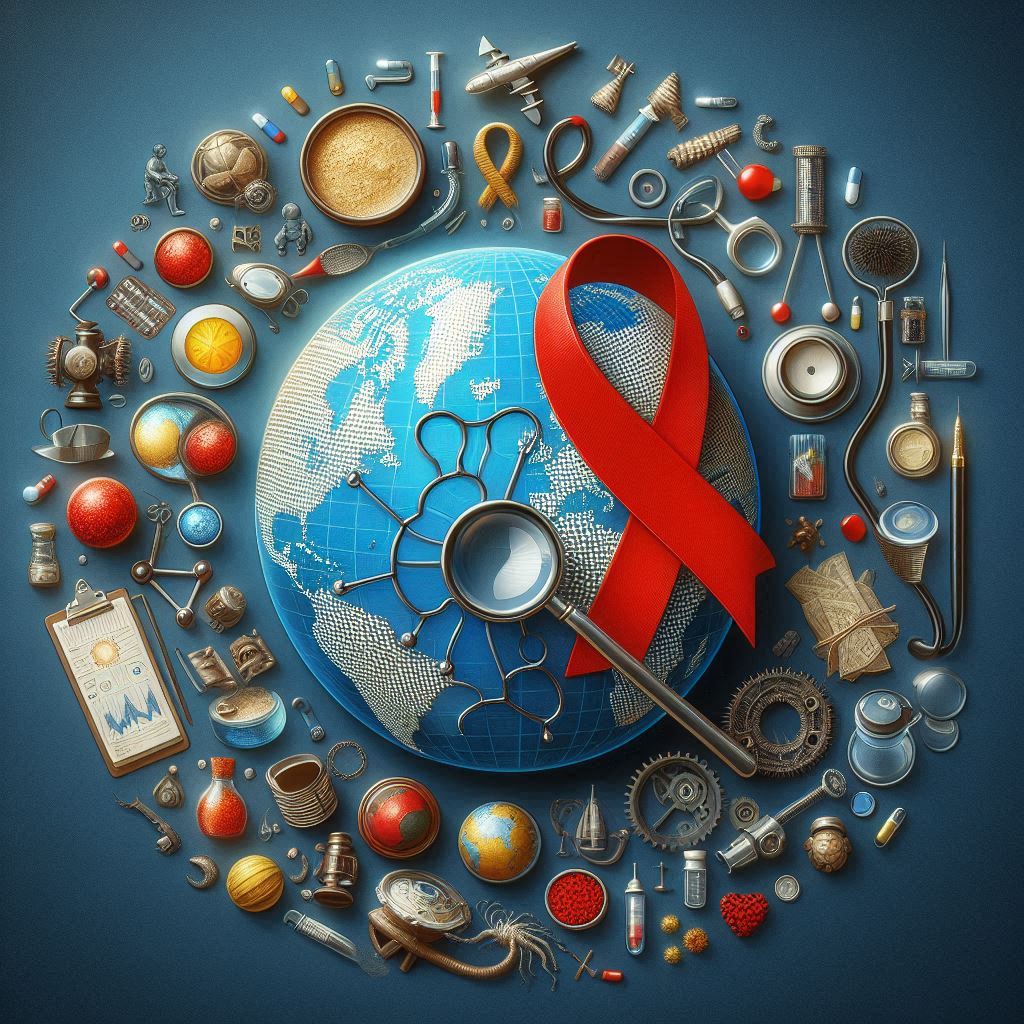In this hidden world, far from the eyes of civilization, an invisible thread of fate was spun — one that would eventually tie distant human cities to the wild heart of Central Africa. This is where the question, “Where did AIDS come from?”, finds its quiet, haunting answer.

The story begins not in a laboratory or a city, but in the humid stillness of the jungle. A hunter, perhaps tired from the day’s journey, traps a chimpanzee — a common source of bushmeat. As he prepares the animal for food, his knife slips. But in that cut, a tiny river of blood flows — and with it, something ancient and deadly passes from animal to man.
That moment, unseen and unrecorded, is believed to be the first cross-species transmission of the Simian Immunodeficiency Virus (SIV) — the cousin of HIV — from a chimpanzee to a human. Scientists say this spillover event happened around the early 20th century, in what is now southeastern Cameroon.
The question “Where did AIDS come from?” is rooted in this pivotal exchange — a microscopic handshake between species, where a virus adapted to one host began a slow and deadly evolution into something far more dangerous.

The Mutation that Changed the World
Once inside the human body, SIV began to mutate. Over time, it adapted to its new host and transformed into HIV-1, the most common and virulent form of the virus that causes AIDS. This was not an instant transformation but a slow shift — a viral evolution powered by the chaos of genes and time.
From the rainforests, the virus traveled silently with those who moved toward cities like Kinshasa (then Léopoldville), where urbanization, trade, and colonization created fertile ground for its spread. With poor medical practices, unsterile injections, and the rise of commercial sex work, HIV found new avenues to jump from person to person — long before the world even knew it existed.
A Disease That Hid in Plain Sight
For decades, HIV remained a ghost — moving invisibly through populations. Young men in the U.S. began dying of rare infections. The immune system, their body’s defense force, had been dismantled. The syndrome was later named AIDS — Acquired Immune Deficiency Syndrome — and the virus behind it identified as HIV.
But by then, it had already woven itself into the fabric of societies across the globe.
So when we ask, “Where did AIDS come from?”, we are tracing a tale of ecological entanglement, of human expansion into wild frontiers, and of the delicate, dangerous connections we share with the natural world.
A Lesson in Interconnectedness
It’s about how closely human health is tied to the environment. Our modern lives — with global travel, urban crowding, and environmental disruption — make us more vulnerable to zoonotic diseases, those that jump from animals to humans.
AIDS is a warning and a lesson. It reminds us that the boundary between species is not a wall, but a thin veil — one that can be pierced by a single act, a single cut.
So, where did AIDS come from? It came from the jungle, borne on the blood of a chimpanzee, mutating in the body of a man, and fueled by the currents of civilization. It’s a story that began in silence but ended with a global echo — a reminder that even the smallest interaction with the natural world can have world-changing consequences.


